On October 7, just a few days ago, UK-based Altitude Angel entered administration, which in England is the equivalent of insolvency. Two joint administrators from FRP Advisory were appointed to oversee the company's financial restructuring or sale.
This news hit me like a ton of bricks last week when I was forced, once again, to face the reality that civil aviation authorities around the world are causing irreparable damage to this new industry by delaying regulatory frameworks that would allow new aviation technology to take flight, no pun intended.
What happened to Altitude Angel on October 7 was the result of mounting financial losses, despite backing from major investors like BT, Seraphim Space, and the UK’s taxpayer-funded Future Fund, and also a direct consequence of the stalled drone regulatory momentum in Europe. Despite its reputation as a leader in unmanned traffic management (UTM), the company’s collapse has disrupted drone operations across the UK and Europe. European UTM deployment has fallen behind global competitors. Countries like China and the U.S. have adopted more flexible frameworks, while the U.K.'s and EU’s cautious approach made it hard for small and medium enterprises (SMEs) like Altitude Angel to thrive.
Another victim of AA’s bankruptcy is the company’s flagship initiative, Project Skyway, a £8.5 million drone superhighway trial that ended in January 2025. Without a clear path to commercialization, the future of this promising initiative is uncertain.
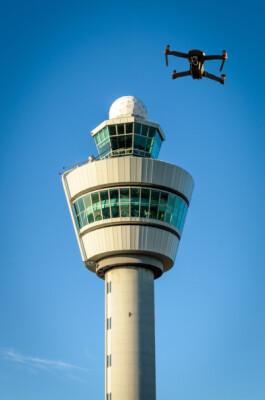
The impact on drone operations in Europe was almost immediate, as Altitude Angel’s Drone Assist app remains live but is no longer manually validated. The UK Civil Aviation Authority (CAA) warned users that airspace data may be unreliable. The reliability of this important system is now questionable, and up to 60 airports that relied on Altitude Angel’s systems now face operational uncertainty.
So, what’s next for European UTM? Traditional aviation has relied on ATC for decades to operate, and uncrewed aviation is no different. The dependency on a reliable UTM system is complete and non-negotiable. In other words, without a solid and proven way to manage simultaneous operations of drones and air taxis, there is no industry. If you are having a hard time reconciling this reality, imagine for a second commercial airliners operating without ATC. There would be complete chaos, and the system would collapse in a few seconds if pilots were required to coordinate operations between themselves without a ground traffic entity in control.
Four alternative UTM service providers are contenders to take over operations in Europe, but for now, the regulator seems to be in no rush to clarify the future of UTM capabilities on the continent.
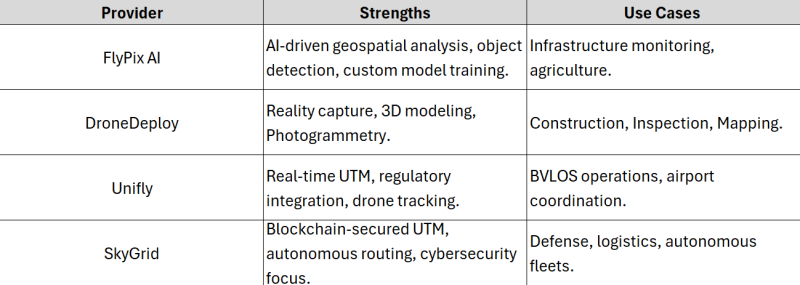
Apart from the obvious fallout for BVLOS operations, there are other potential consequences of AA’s bankruptcy, such as the potential effects on initiatives like the Netherlands’ GoDrone and the EU’s SESAR Joint Undertaking.
The European Aviation Safety Agency (EASA) has not issued a formal public statement regarding Altitude Angel’s administration, but industry experts and affiliated projects across Europe have expressed concern about the regulatory vacuum and operational disruptions.
In the meantime, Koen De Vos, Secretary-General of the Global UTM Association (GUTMA), emphasized that companies like Altitude Angel are “vital foundations against Russia while ensuring the continent’s independence from the USA.” He warned that the loss of rogue drone detection capabilities weakens European resilience.
So, in effect, we have entered a regulatory limbo as we wait to see if action is taken to help U-space stakeholders affected by the loss of Altitude Angel’s services.
The big difference between ATC in traditional aviation, which is clearly the responsibility of the regulator, and UTM for uncrewed operations, is that there is a gray area in which the financial health of these private companies is not necessarily the responsibility of the operator. That seems to open the proverbial Pandora’s Box!
How can an industry flourish if a key component of its operations is based on such shaky ground? How can we deploy an entire uncrewed aviation fleet composed of small drones and large cargo and passenger eVTOLs if the system designed to orchestrate their navigation is dependent on revenue generation and bankruptcy proceedings?
One of the beautiful characteristics of the FAA’s ATC system, the way it is deployed today, is that despite a federal government shutdown, it keeps working. For how long, we don’t know. The fact remains, however, that commercial airlines keep flying, and the reliability and safety of the system is not in question.
It is time for the thought leaders of the uncrewed aviation industry to get together and address the thorny issue that there is no future for our nascent industry unless we can find a way to deploy it safely and reliably. The overall hesitancy of the regulators around the world, especially in the U.S. and Europe, to expedite regulations is slowly eroding the ability of startups and small companies to survive as they develop key technology that would be necessary for the survival of the industry. It seems we are caught in a catch-22 situation in which the technology we need to launch the services can only be attained by having an established industry. Only time will tell how we will solve this problem, because it will be solved.

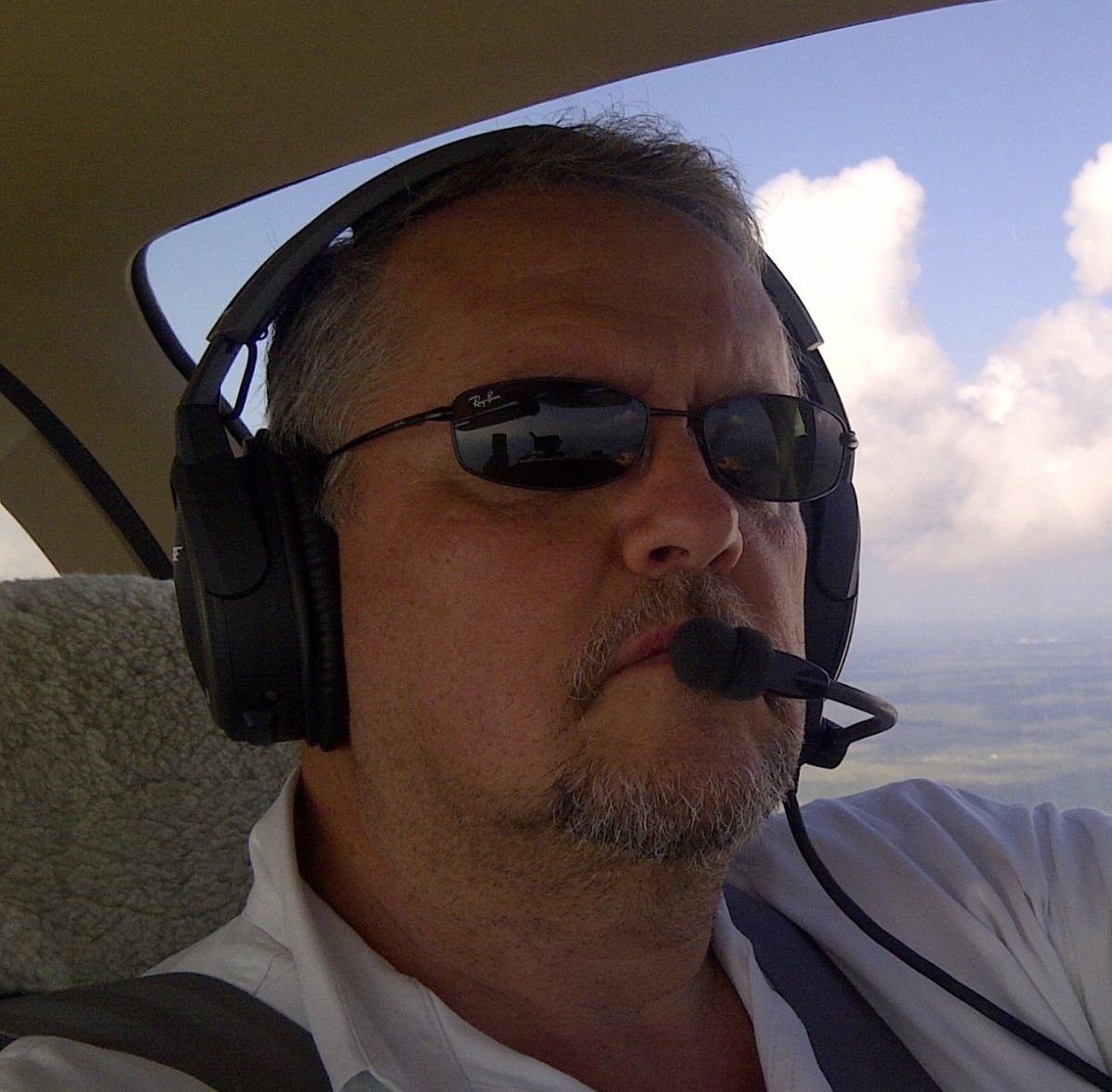
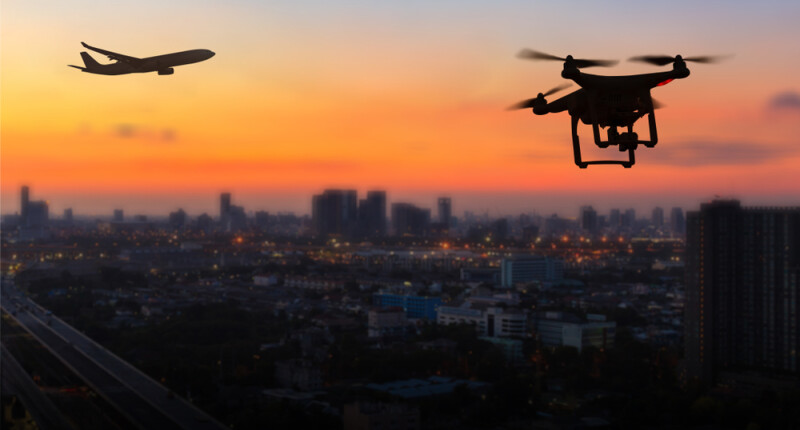


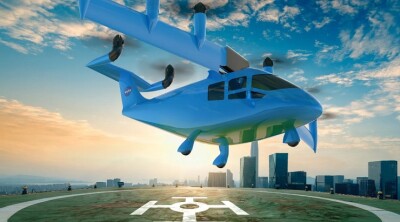






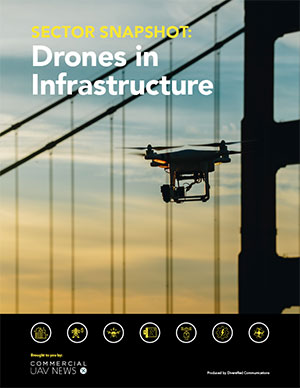
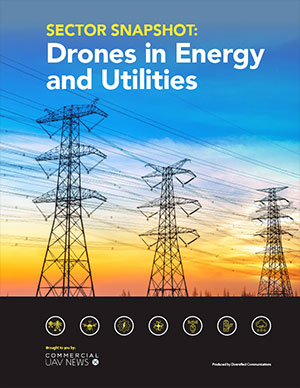
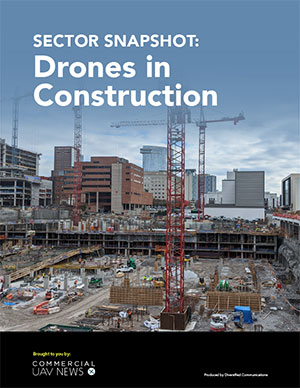
Comments